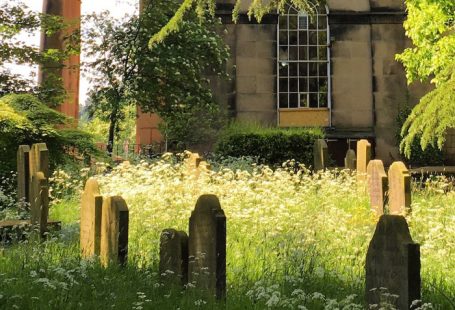A calamitous plot to kill the king, uncovered by Regency Spies (published by Pen & Sword this month) author Sue Wilkes…
In the late 18th and early 19th centuries, places like Chalk Farm and Spa Fields in London were the scene of mass meetings of Radicals campaigning for parliamentary reform.
In 1816, Henry Hunt, one of the most famous reform activists, was invited to speak at Spa Fields by a group called the Spencean Philanthropists, whose chief members were Arthur Thistlewood, Dr James Watson and his son, Thomas Preston and John Hooper. The Spenceans were followers of Thomas Spence, who advocated the common ownership of all land.
The Stamford Mercury (22 November 1816) reported that the first meeting on the 15th November passed off peacefully, although some of Lord Castlereagh’s windows were broken (Castlereagh, the Foreign Secretary, was loathed by many of the lower classes).
However, the next meeting at Spa Fields, on 2 December 1816, was not so peaceful. The Spenceans hoped to use the gathering as a ‘test-run’ for a full-scale rebellion, to gauge how much popular support they might command.
Henry Hunt arrived just before 1pm in a ‘handsome tandem’. He believed that the meeting’s main agenda was to discuss the Prince Regent’s answer to a petition from the ‘distressed manufacturers and mechanics of London’ (Norfolk Chronicle, 7 December 1816), which Hunt had sent to the Prince.
While Hunt gave an impassioned speech at Merlin’s Cave pub, a breakaway group of protesters, led by the Spenceans, began ‘a scene of outrage and tumult’ (Chester Courant, 10 December 1816).
Thistlewood tried to provoke the people to attack the Tower of London, but they ran away. Dr Watson’s son Jem led a mob towards Smithfield, and shot a man in a gunsmith’s shop. However, the authorities, alerted by their spies, had plenty of constables, troops and horses on the alert. Although several shops were attacked and windows broken, no major damage occurred. A man called John Cashman was later hanged for committing a robbery during the riot.
Thistlewood, Dr Watson, Preston and Hooper were charged of plotting to kill the king, seizing the Tower of London, and planning to levy war against the king: high treason. But they were acquitted when it transpired that most of the evidence against them was based on spy and informer testimony. In 1820, however, Arthur Thistlewood and several accomplices were hanged following an audacious plot to kill the British cabinet – the Cato Street Conspiracy.







